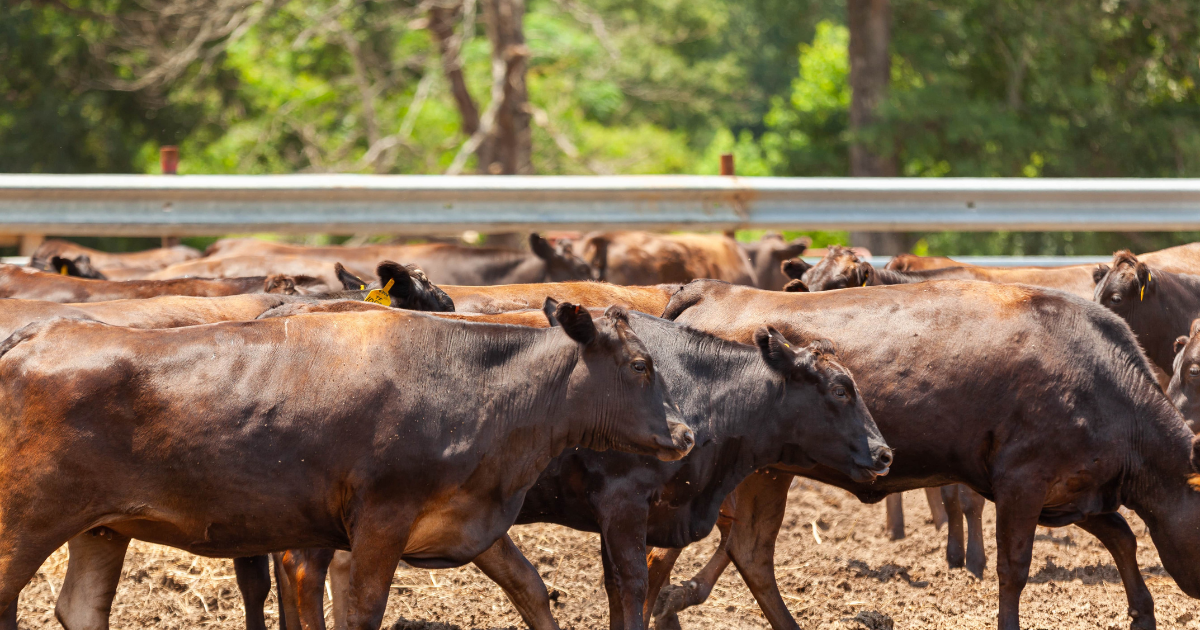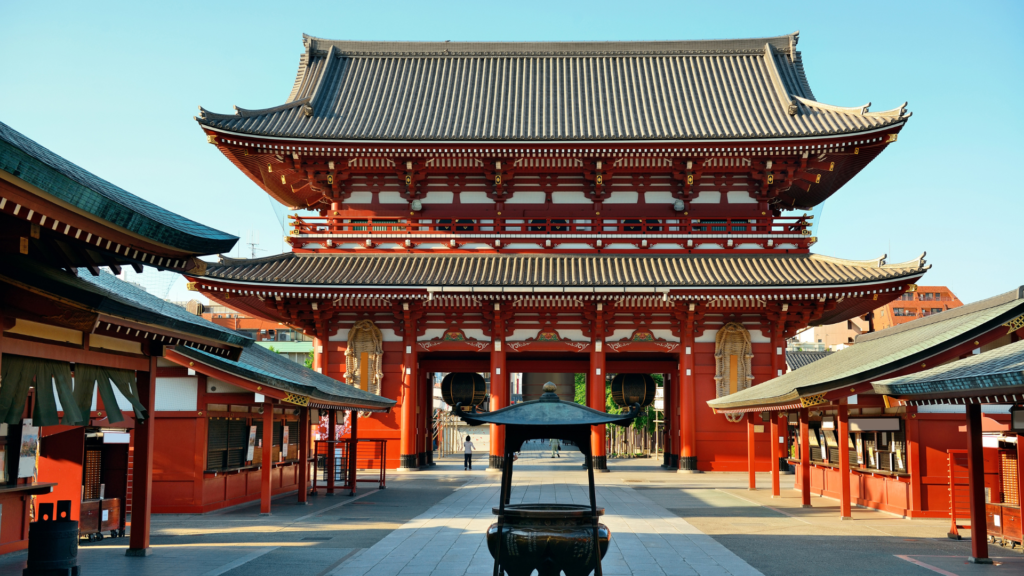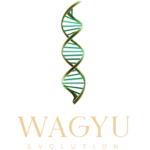
The Globalization of Wagyu
Table of Contents
Wagyu beef, known for its exceptional marbling, tenderness, and rich flavor, has become a global delicacy. Originally exclusive to Japan, Wagyu has spread to multiple countries, driven by demand from high-end restaurants and discerning consumers worldwide. This globalization was facilitated by the export of Wagyu genetics in the 1970s and 1990s, leading to the establishment of Wagyu breeding programs in countries such as the United States, Australia, and beyond. Today, Wagyu is produced in over 36 countries, reflecting its remarkable expansion from a purely Japanese heritage to an international industry.
Early International Expansion
Wagyu’s global expansion began in the 1970s when Wagyu genetics were first introduced outside Japan. In 1975, Morris Whitney, a researcher at the University of Colorado, imported two male Japanese Black and two male Japanese Brown cattle to the United States, marking the beginning of the breed’s spread. In the 1990s, the outflow of Wagyu genetic resources for commercial use gained momentum, especially after Japan agreed to liberalize beef imports in 1988. This spurred interest from countries like the United States, Australia, Canada, and New Zealand, all targeting the Japanese beef market.
By 1994, Takeda Shogo, a Japanese livestock farmer, signed an agreement with David Blackmore, known as the “Father of Australian Wagyu,” to export Japanese Wagyu genetics to Australia. This partnership led to the establishment of a robust Wagyu industry in Australia, where Wagyu is produced both as Full Blood Wagyu (100% pure Japanese genetics) and Hybrid Wagyu (crossbred with local Angus cattle to enhance cost efficiency). Hybrid Wagyu quickly became a solution to meet global demand, and Australia soon became a leader in Wagyu production outside Japan.
By the mid-1990s, Wagyu genetics had also spread to the United States, where it was crossbred with local cattle breeds to produce Pure Bred Wagyu (93.5% Wagyu genetics) and Percentage Wagyu (50-93.5%). This crossbreeding, combined with the U.S.’s USDA beef grading system, created a new market for Wagyu beef, especially with the growing demand for marbled beef. Meanwhile, the United States became a major source of Wagyu genetics for other regions. In the early 1990s, Wagyu genetics were transferred from the U.S. to Australia and then to New Zealand, marking the beginning of a widespread international distribution of Wagyu. In 1998, fertilized Wagyu eggs were even sent from Australia to South Africa, and by the 2000s, Wagyu genetics made their way to the United Kingdom and Germany. This movement continued, with live cattle being transferred from South Africa to Namibia in 2017, further expanding Wagyu production to Africa. Today, Wagyu beef is produced in at least 36 countries worldwide, with the majority of global production relying on the genetic resources brought to the United States in the 1990s.
As the genetic resources for Wagyu spread, the global production of the breed continued to grow, driven by the demand for high-quality beef. However, the rapid international expansion also led to legal and ethical concerns, particularly surrounding the illegal export of Wagyu semen and fertilized eggs. In response, Japan enacted the Livestock Improvement and Breeding Act in 2020 to better regulate and protect the value of Wagyu genetics as intellectual property. Despite these measures, the Wagyu industry remains globally interconnected, with continued efforts to promote and protect Wagyu beef through organizations like the World Wagyu Council, which was established in 2015 to facilitate international cooperation and the promotion of Wagyu globally.
Wagyu in Major Producing Countries
1. Japan: The Birthplace of Wagyu
Japan remains the gold standard for Wagyu beef, particularly Japanese Black, which accounts for over 90% of Wagyu production. Strict regulations and grading systems ensure the highest quality, with brands such as Kobe, Matsusaka, and Omi beef representing the pinnacle of Wagyu excellence. Despite its global reputation, Japan faces challenges in increasing exports due to high production costs and strict regulations on genetic material exports.

2. Australia: The Leading Wagyu Exporter
Australia is the largest exporter of Wagyu, supplying over 70% of the global market, with an export value of approximately AUD 2 billion. Wagyu was first introduced in 1994, when Takeda Shogo, a Hokkaido livestock farmer, partnered with David Blackmore, the “Father of Australian Wagyu,” to develop breeding programs. Today, Australian Wagyu is divided into Full-Blood (100% Wagyu genetics) and crossbred Wagyu (typically with Angus). The country produces around 350,000 Wagyu cattle annually, with a strong grading system (M4-M12) based on marbling and feeding duration.

3. United States: A Thriving Hybrid Wagyu Market
The U.S. first introduced Wagyu in 1976, and by the 1990s, large-scale breeding programs began. Unlike Japan and Australia, American Wagyu is mostly crossbred with Angus, leading to variations in quality. The American Wagyu Association has registered over 100,000 Wagyu cattle, with the highest grade being Prime under the USDA system. Texas, California, Oregon, Missouri, and Washington are the main breeding states. While Full-Blood Wagyu exists in the U.S., most “Wagyu” beef contains at least 50% Wagyu genetics.

4. Other Notable Producers
United Kingdom: Established in 2014, the UK Wagyu Producers Association has over 400 members and an annual production of 17,000 cattle. A quality assurance scheme was introduced in 2020.
Germany: The German Wagyu Association has 200+ members, producing 10,000-15,000 Wagyu cattle.
South Africa: The South African Wagyu Association (est. 2014) manages 18,000-20,000 cattle and has a dedicated certification program.
Namibia: Established in 2017, Namibia manages ~3,000 Wagyu cattle, using DNA testing and the Japanese carcass grading system.
New Zealand: Known for grass-fed Wagyu, New Zealand focuses on sustainable Wagyu production.
Czech Republic: The Czech Wagyu Producers Association was established in 2021, supporting small-scale breeders.
Challenges in Wagyu Globalization
As global Wagyu production expands, preserving its signature marbling and quality central to its premium brand requires stringent adherence to Japanese standards. Genetic integrity is paramount: crossbreeding for faster herd growth risks diluting marbling potential, prompting certification programs and Japan’s 2020 laws criminalizing unauthorized genetic exports making it. Imposible to obtain new genetics from . Standardized grading systems, like Japan’s A5 scale, and protected geographical labels (e.g., Kobe beef) help combat inconsistent overseas labeling and “Wagyu-style” imitations. While technology, such as DNA testing, aids lineage verification, collaboration through bodies like the World Wagyu Council ensures knowledge-sharing on authentic methods. Balancing scalability with tradition is critical; without global accountability to Japan’s artisanal ethos, the Wagyu brand risks losing its exclusivity and premium value.
Conclusion
The globalization of Wagyu has been a transformative process, driven by the international demand for high-quality beef and the willingness of countries like the U.S. and Australia to invest in Wagyu production. While this has expanded the availability of Wagyu beef, it has also created complex challenges around the protection of Wagyu as a unique genetic resource. Japan’s efforts to manage and protect its Wagyu genetics, along with the formation of organizations like the World Wagyu Council, are essential steps in ensuring that Wagyu maintains its prestige and integrity in the global market. As Wagyu production continues to spread, it is likely that the world will see even more collaboration and innovation in the Wagyu industry, while Japan strives to preserve its legacy as the birthplace of this extraordinary beef.
References
- https://txbiz.tv-tokyo.co.jp/gaia/vod/post_71651?utm_source=txweb&utm_medium=backnumber_bn&utm_campaign=gaia
- https://agriknowledge.affrc.go.jp/RN/2010853100.pdf
- https://www.asahi.com/articles/ASN3Z5588N3FUTIL00K.html
